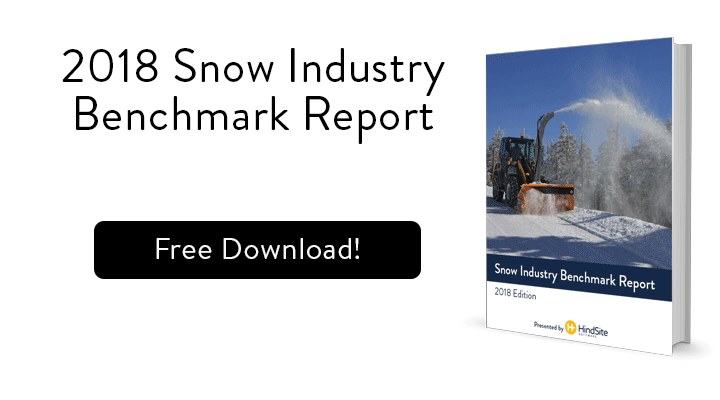 As all snow removal businesses know, there are an outrageous amount of obstacles and small details to keep in mind when servicing a retail property. If you want to keep up with ASCA standards, all of these little details mustn't be overlooked. And BONUS, it will save you loads of time and money. Documentation and inspection of a property is one thing, but actually taking the time to thoroughly walk-through and track the details of a property is a completely different requirement. Strap on your boots and your warmest jacket, and let's get to it! Here are 5 things to look for when walking-through a retail property:
As all snow removal businesses know, there are an outrageous amount of obstacles and small details to keep in mind when servicing a retail property. If you want to keep up with ASCA standards, all of these little details mustn't be overlooked. And BONUS, it will save you loads of time and money. Documentation and inspection of a property is one thing, but actually taking the time to thoroughly walk-through and track the details of a property is a completely different requirement. Strap on your boots and your warmest jacket, and let's get to it! Here are 5 things to look for when walking-through a retail property:
1. Obstacles
Documenting things like sewer covers, will save you a huge headache when your pusher breaks something and then your field guy has to go back and prove that it wasn't your fault. Also, look for parking lot diamonds, which cause an issue for plows because of their shape. Logging any damage to obstacles like these is of the utmost importance because you could be at fault for something that wasn't initially logged. In the snow removal business, things get buried in that fluffy white stuff. So, make sure you are being extra observant when inspecting a property, who wants to pay for a new dumpster they may or may not be at fault for hitting?
2. Slow or low production:
If the retail property you are servicing is open 24 hours, your production rate will be quite slow. Reason being that people will be going in and out of the lot until the wee hours of the night. Do a little stake out and find out when the slowest times are or take note of the businesses that share the lot. Are they all retail shops? Is there a bar or restaurant? Make sure that during your walk-through you document high-traffic times in order to save time and energy for your field workers. Documenting these things in snow removal software will help you even further by keeping documentation organized for you, sans the paperwork.
3. Uneven surfaces
If differences in surfaces aren't documented, the type of machinery needed won't be clear. This will effect the efficiency of the job. With uneven surfaces, smaller plows will do a better job. If the surface is even however, using a small plow will waste your time and thus, your money. The purpose of a walk-through is primarily for bidding and determining the price of the service, so it becomes obvious quickly how important this step is. Document the design of the lot and the surface levels extensively. You'll thank yourself later for being so detailed.
4. Re-plowing/shoveling
If you have to do many return trips, take into consideration if the customer is requesting a fixed cost. If you have to continuously return to the property to clean up fallen snow from awnings or the like, accepting a fixed price will cost you. Another thing to consider is where you are relocating or disposing of the snow, make sure it is agreed upon beforehand to avoid further return trips. These trips are a big headache and can easily be avoided during the walk-through. savvy snow removal businesses know that documenting and paying attention is a big money saver.
5. Lit signage
Lit signage can cause the snow to pile up, melt and turn to ice which can cause dangerous ice ridges. Likewise, when this snow falls it can become ice on a sidewalk, not very safe. These kinds of hazards can become a liability for you and the time you spend backtracking will far outweigh the amount of time it will take to document and service them thoroughly.








